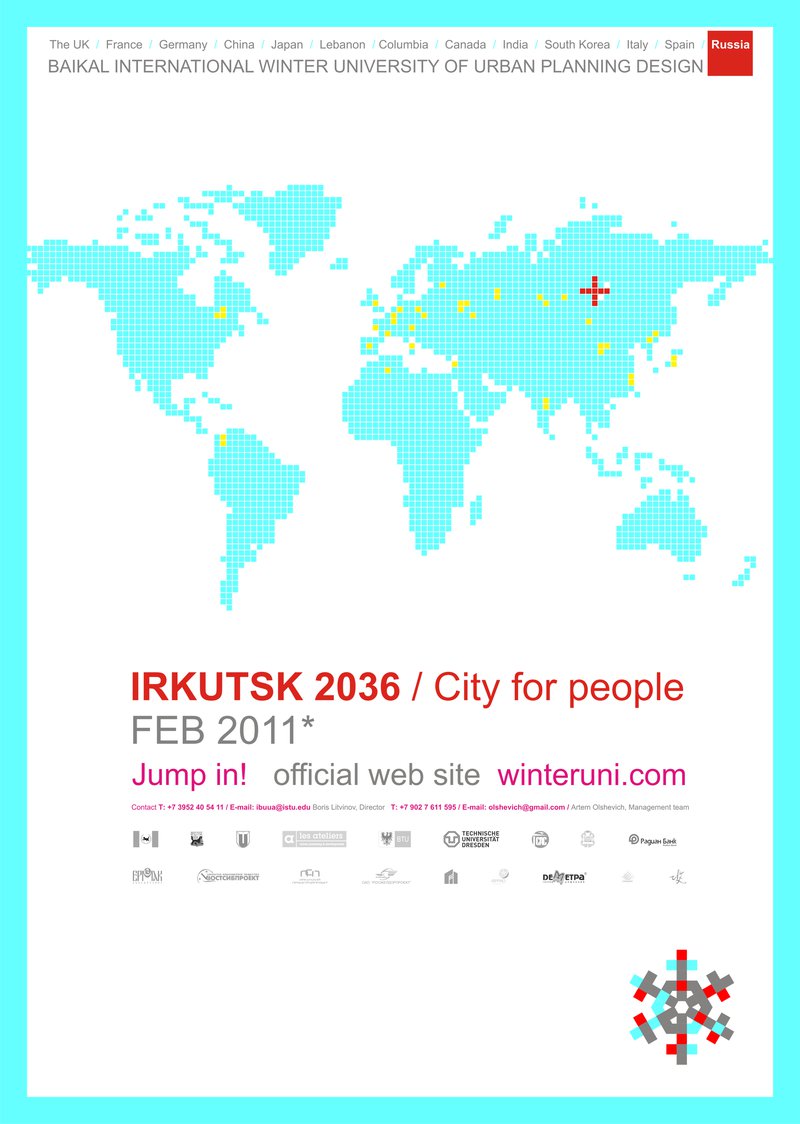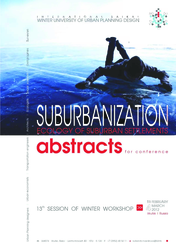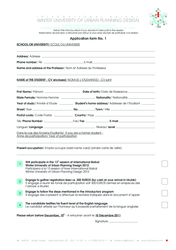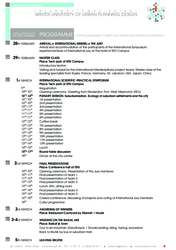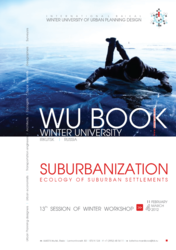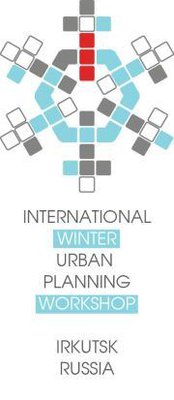Ecologie du développement en périurbain
Last 10 years, the suburbanization - the process of intense development of suburbs, became one of the new urban planning problems and a new challenge at the same time. Irkutsk municipal region was affected by suburbanization more than any other region. City inhabitants move to suburbs to combine occupation in the city with better ecological conditions and agricultural life-style away from big city. Last 10 years the region population became 1,5 times more populated. The main factors of suburban development are the increased level of motorization and population mobility, distance employment possibilities and bad ecology in cities.
Moreover, there's not enough territory for comprehensive development in cities of all sizes nowadays. The city growth is made by spot development, causing discontent of people who live nearby. At the same time, there are a lot of sizeable suburban territories which are being used not efficiently enough.
Today, in the conditions of increase migration from Siberia, Far East and North territories of Russia into its European part, one of the main reasons, that keep people on their native land, is "the quality of life" or "the city environment suitability for living". The concept of "the quality of life" is tightly connected to the possibility for people to use all advantages of the land they live on, such as getting enough of fresh air, man-made greenery or natural environment (recreation), having affordable habitation which is appropriate to their needs and financial possibilities, existing in bright and picturesque environment, having wide variety in the employment market or "living in a friendly environment". The suburban development is one of the most agreeable ways for attaining the high quality of life.
AIMS OF SESSION
The aim is the elaboration of principles and parameters for urban planning on a priority basis of preserving the quality of environment.
GOALS | PROBLEMS OF SESSION
1) give the prognosis for suburban development on terms of vast variety of settlement forms and types.
2) examine suitability and proportions of using different types of urban and rural development (multistoried, medium-storied, law-storied, with high density or low density).
3) elaborate variants of solving questions of inter-rural social, cultural and household service.
4) substantiate structure and principles of forming the general urban and suburban transport system, proportions of perspective development of private and public transport, public transport diversity.
5) suggest perspective methods and forms of plumbing and heating installations in suburban settlements in order to provide sustainable nature management.
6) examine possibilities for creating new places of employment in suburban areas.


